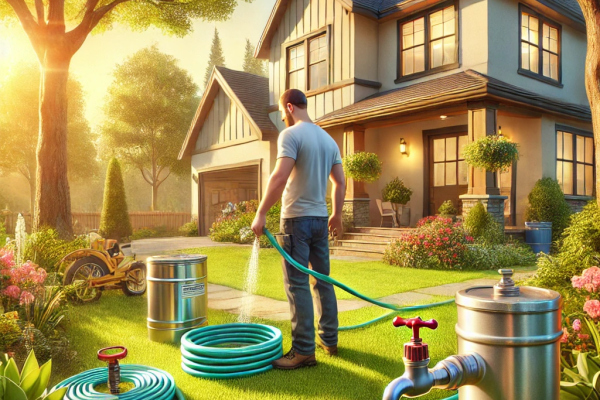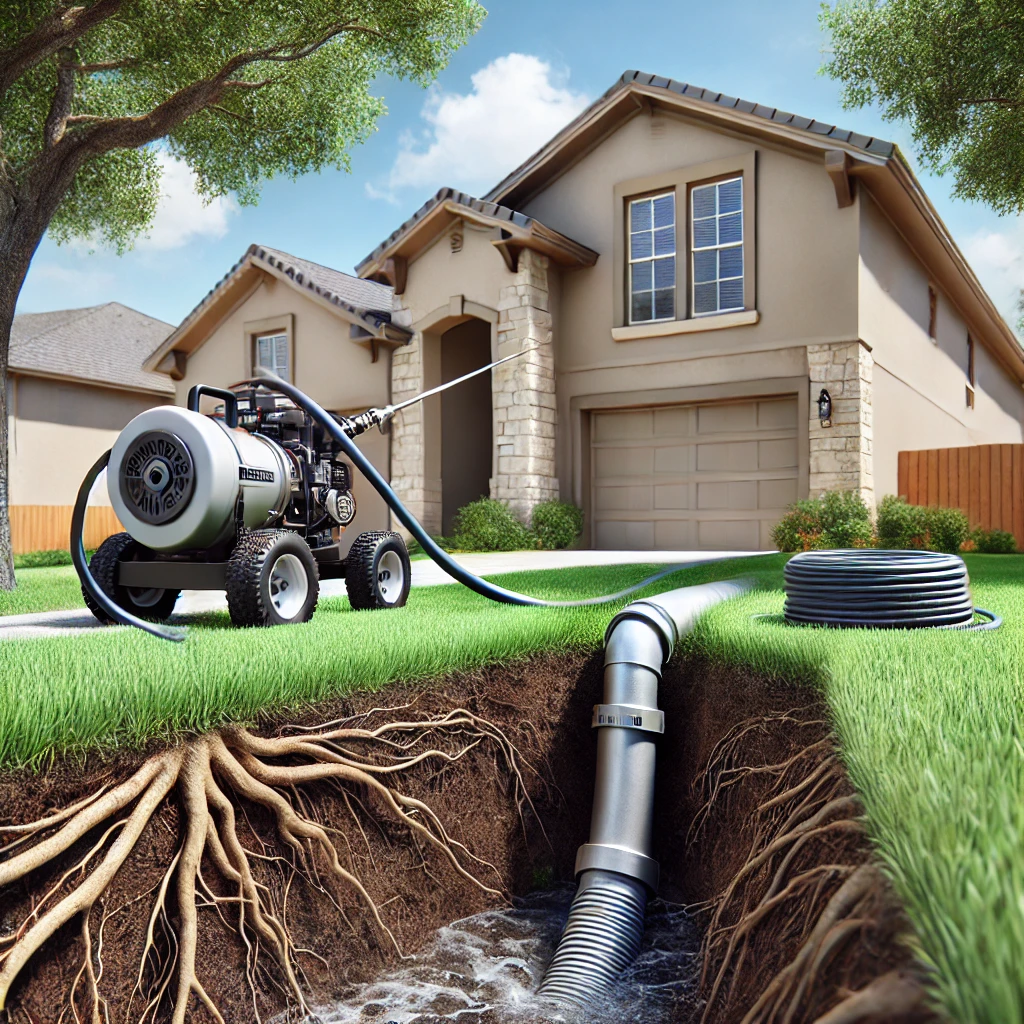
Grand Spring Cleaning: How to Get Your Plumbing in Order
Spring is a time of renewal and fresh starts. As the warmer days arrive, bringing nature back to life after a winter lull, many of us traditionally take stock of our closets, tidy up storage spaces, and, of course, think about cleaning the house. However, beyond the usual tasks like cleaning carpets and washing windows, there’s another crucial element you shouldn’t overlook: servicing your plumbing.
We often take our water supply for granted—until a clog or leak disrupts the flow. And springtime weather is particularly conducive to checking and refreshing the condition of your pipes, faucets, and the entire water supply system. If you live in Texas, where the climate can deliver plenty of surprises—from scorching heat to torrential rains—preventative maintenance becomes even more critical.
Why Spring Plumbing Maintenance Is So Important
Playing with the Climate
In many parts of the United States, including Texas, the weather can change rapidly. A few days of heat can be followed by a storm front or heavy rain. These abrupt temperature swings frequently cause pressure fluctuations in pipes, leading to leaks or micro-cracks. A spring inspection will help you catch such weak spots in time.
Small Problems Grow Over Time
Even a tiny drip from a faucet can turn into huge water bills and significant damage to your plumbing system. Spring, with its longer days and mild weather, is the perfect time to identify and address warning signs. Early intervention can prevent bigger, costlier issues.
Saving Money
Preventative maintenance isn’t just about cutting water bills. Replacing a corroded pipe section or eliminating a major clog can be far more expensive than buying a simple rubber seal. Think of your springtime plumbing maintenance as an investment in your household comfort.
Indoor Inspection: Key Focus Areas
Dripping Faucets and Fixtures
- Spotting Leaks: Place a dry cloth under the faucet and leave it for a few hours. If the cloth is damp, you’ve got a leak.
- Checking Mechanisms: If the handle doesn’t close properly or moves with difficulty, it’s time to replace the cartridge or washers.
Toilets
- Tank Observation: Add a few drops of food coloring to the tank. If the color appears in the bowl after 10–15 minutes, the valve or seals need attention.
- Seal Integrity: Check the connection between the toilet and tank for moisture or condensation, which could indicate worn gaskets.
Drainage Systems
- Slow Drains: Use a mix of baking soda and vinegar to clear mild clogs. Follow with hot water.
- Odd Noises: Persistent gurgling or whistling may indicate deeper blockages requiring professional help.
Washing Machine and Dishwasher
- Inspect Hoses: Look for cracks, bulges, or corrosion. Replace older hoses with durable stainless steel models, especially in Texas’s extreme heat.
Water Heater Maintenance
- Flushing Sediment: Drain the tank to remove sediment buildup. If unsure about the process, consult a professional.
Outdoor Inspection: Keep Your Home’s Exterior in Good Shape
Outdoor Faucets, Hoses, and Sprinkler Systems
- Test Water Flow: Check for sputtering or whistling, which may indicate blockages.
- Inspect for Leaks: Texas’s mild winters can still cause pipes to crack. Examine joints and connections for moisture.
Gutters and Downspouts
- Cleaning: Remove debris and flush gutters with a garden hose to ensure proper water flow.
- Prevent Pooling: Properly maintained gutters protect your foundation from water damage.
Rain Barrels
- Water Conservation: Collect rainwater for gardens and lawns. Add a fine mesh screen to prevent debris and mosquito breeding.
Additional Measures
Checking the Basement and Foundation
Look for damp soil or cracks around your home’s foundation. Addressing small issues early prevents costly repairs.
Testing Your Sump Pump
Pour water into the sump pit to confirm the pump activates at the correct level. Heavy spring rains can overwhelm faulty pumps.
Filters and Aerators
- Maintenance: Replace filter cartridges and clean faucet aerators to ensure optimal water quality.
- Water Savings: Clean aerators improve flow and reduce water bills.
Pro Tips From a Professional Plumber
- Hidden Leaks: Shut off all appliances and note the water meter reading. A change after an hour indicates a leak.
- Avoid Pouring Grease: Dispose of grease in the trash, not the sink, to protect pipes.
- Be Cautious with Chemicals: Use drain cleaners sparingly. Opt for mechanical tools or call a professional for severe clogs.
The Realities of Texas Plumbing
Heat and High Evaporation
Drought conditions make leaks costly. Regularly inspect irrigation systems to prevent waste.
Sudden Weather Swings
Monitor pipes in uninsulated areas for damage from unexpected freezes.
Groundwater and Clay Soils
Shifting foundations can damage plumbing. Inspect pipes if you notice structural changes.
When to Call a Professional
- Deep Clogs: Persistent blockages may indicate tree roots or severe pipe damage.
- Complex Repairs: Leave major installations and gas line work to licensed professionals.
- Water Heater Issues: Gas-fueled systems require expert handling.
Conclusion: A Spring Update for Your Home—From the Pipes to Your Peace of Mind
Spring cleaning isn’t just for closets. Your plumbing system deserves attention, especially in Texas, where extreme weather takes its toll. By addressing minor issues now, you’ll avoid costly repairs and enjoy a refreshed, functional home.
Remember:
- Don’t ignore small leaks.
- Regularly clean and inspect drains.
- Call a professional for complex issues.
Take the time to safeguard your home this season and enjoy peace of mind knowing your plumbing is ready for whatever Texas weather throws your way.






